With the arrival of autumn, migratory birds from the north migrate south carried along by the monsoon winds. Many have already arrived in the wetlands of Taijiang National Park, preparing for the arrival of winter. In winter, while the birds put on a colorful carnival show in the wetlands of Taijiang, another prelude is quietly underway in the Anshun Salt Fields. October to February of the following year is the dry season in southern Taiwan. Together with the strong northeast monsoon winds, they create ideal conditions for salt drying. Workers call this period the "small flood season.” With the assistance of the Taijiang National Park Management Office (hereinafter referred to as the Management Office), Anshun Saltworks, located in Annan District, Tainan City, has restored some of the tile paved salt fields in 2019, and gradually developed various salt production tourist experience activities this year. Apart from visiting Taijiang in the autumn and winter seasons to admire the rich bird ecology, you now also have the option to learn about the long history of salt production in this area.
Visit Anshun Saltworks for a memorable experience combining eco-tours with historical heritage
Anshun Saltworks was constructed by the Taiwan Salt Corporation in the 8th year of the Taisho era (1919) during the period of Japanese rule. Sicao Lake and sandbanks to the northwest of Anping was used to block the seawater for the drying of salt, then known as "Anping Salt Fields.” Later, due to administrative reforms, this area came under the jurisdiction of Anjun village, Niitoyo District, Tainan Prefecture, and was renamed "Anjun Salt Fields.” This salt field was the most advanced salt field at the time, and the Japanese crown prince even visited here when it was completed.
Due to the decline of the salt industry, the Ministry of Economic Affairs had planned to set up the "Tainan Science and Technology Industrial Park" here in 1990. However, due to the area’s rich ecological resources and its importance as a winter habitat and breeding area for migratory birds, as well as efforts and petitions by social groups, the "Sicao Wildlife Refuge” was formally announced and established in 1994. Most of the salt fields in Anshun fell under this refuge zone and were therefore preserved. After the salt fields were largely abandoned, local groups established the "Salt Fields Ecological Cultural Village" in 2003 in an effort to promote the restoration of the salt industry and promote the local culture. After the establishment of Taijiang National Park in 2009, the area was included within the national park.
Anshun Saltworks contains a well-preserved “salt-producing village” settlement. Historic sites in the area include the Japanese-era Anshun Saltworks Office of the Anping Branch Office (known today as Sio House) of the Monopoly Bureau under the Government-General of Taiwan and the Salt Transport Wharf, etc. Characteristic buildings of a salt-producing village include: police office, clinic, Salt Worker New Settlement Construction Monument, salt worker's dormitories and homes, etc., all of which have deep historical value. Adjacent to the ecological reserve, the village, and its surrounding environment contains rich natural ecological resources such as coastal flora, migratory bird habitats, etc. It is an excellent location for people to conduct outdoor ecological observations as well as have unique cultural experiences.
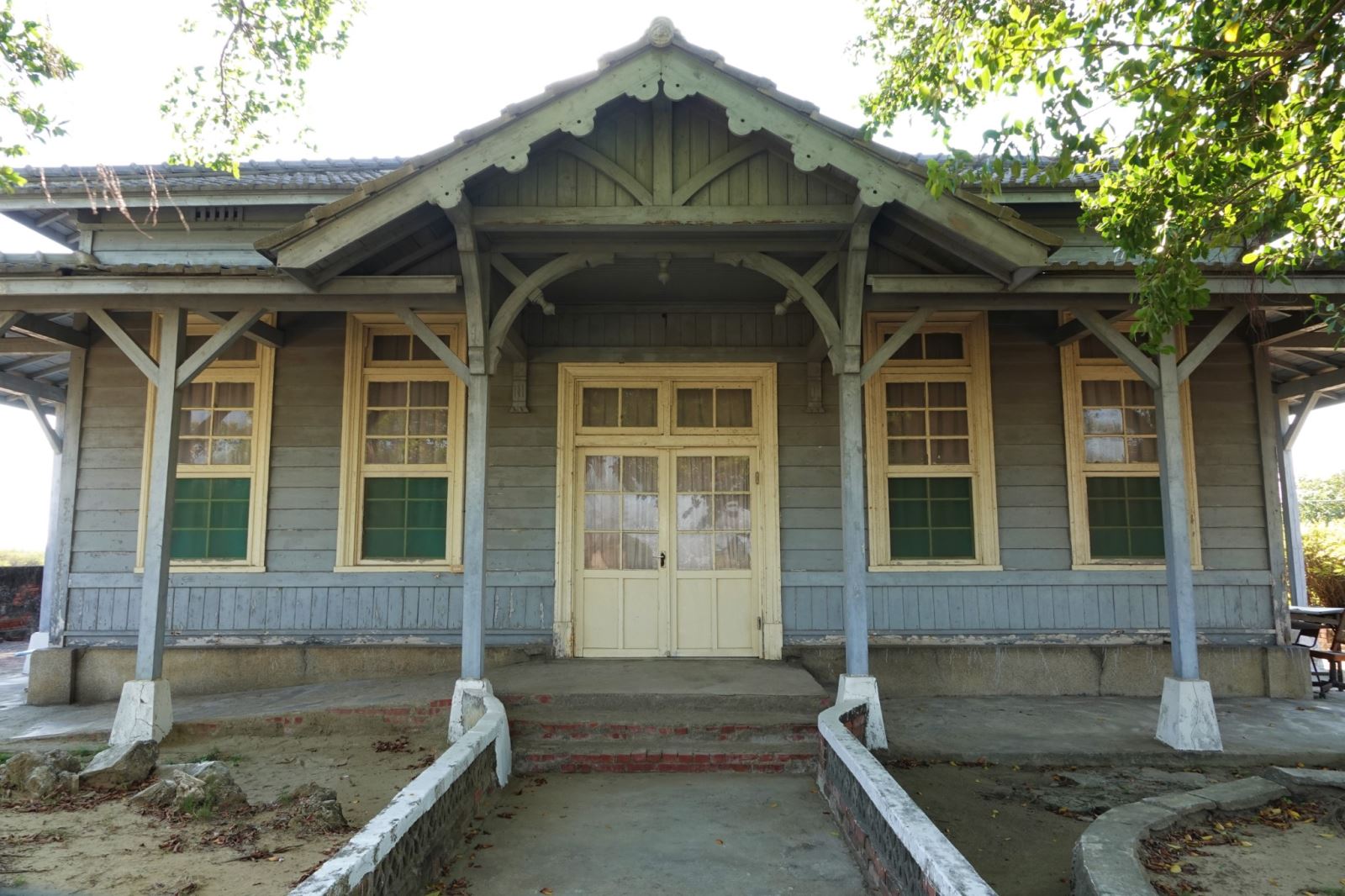 |
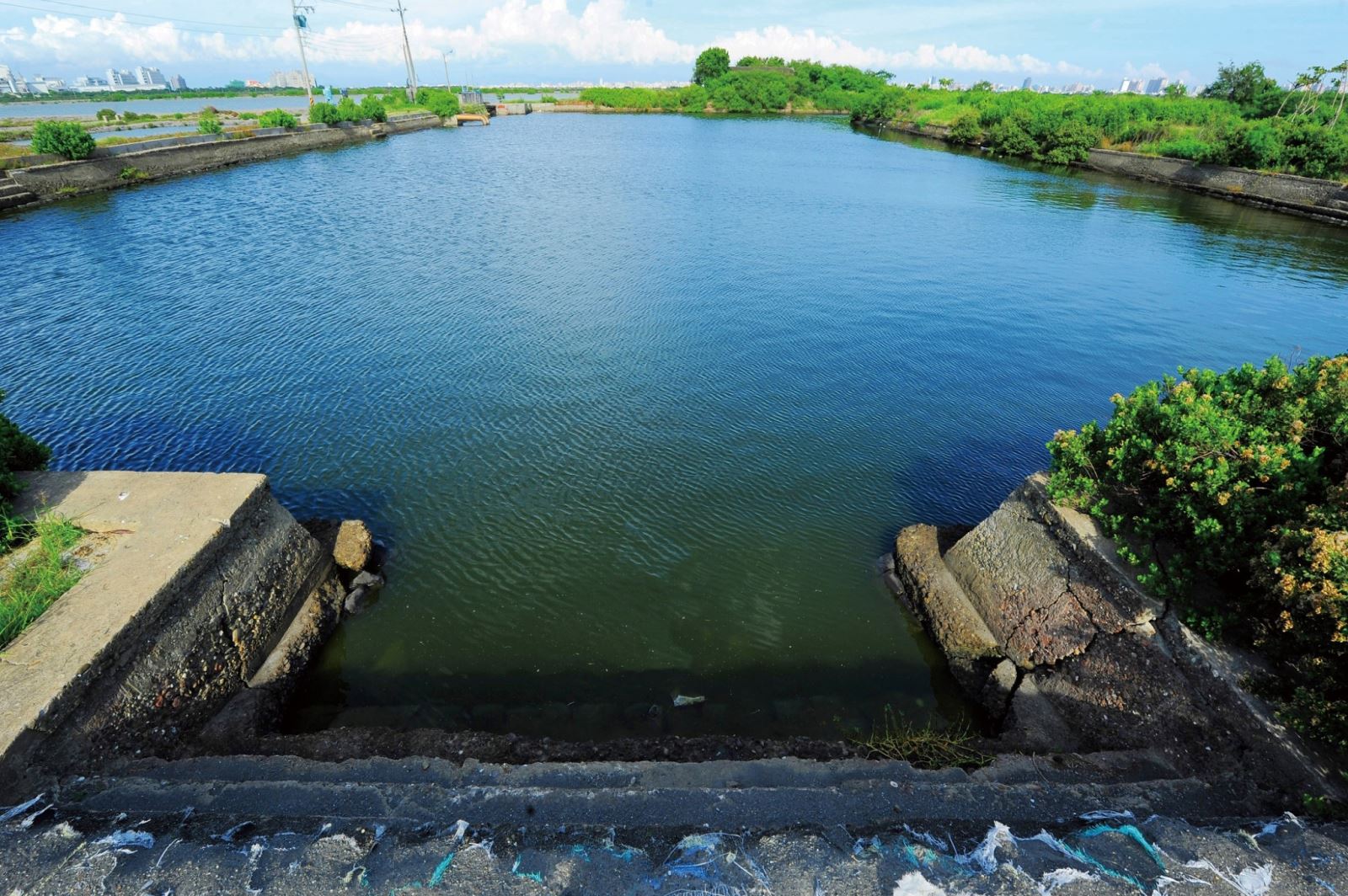 |
| City-designated historic site: Anshun Saltworks Office |
City-designated historic site: Salt Transport Wharf |
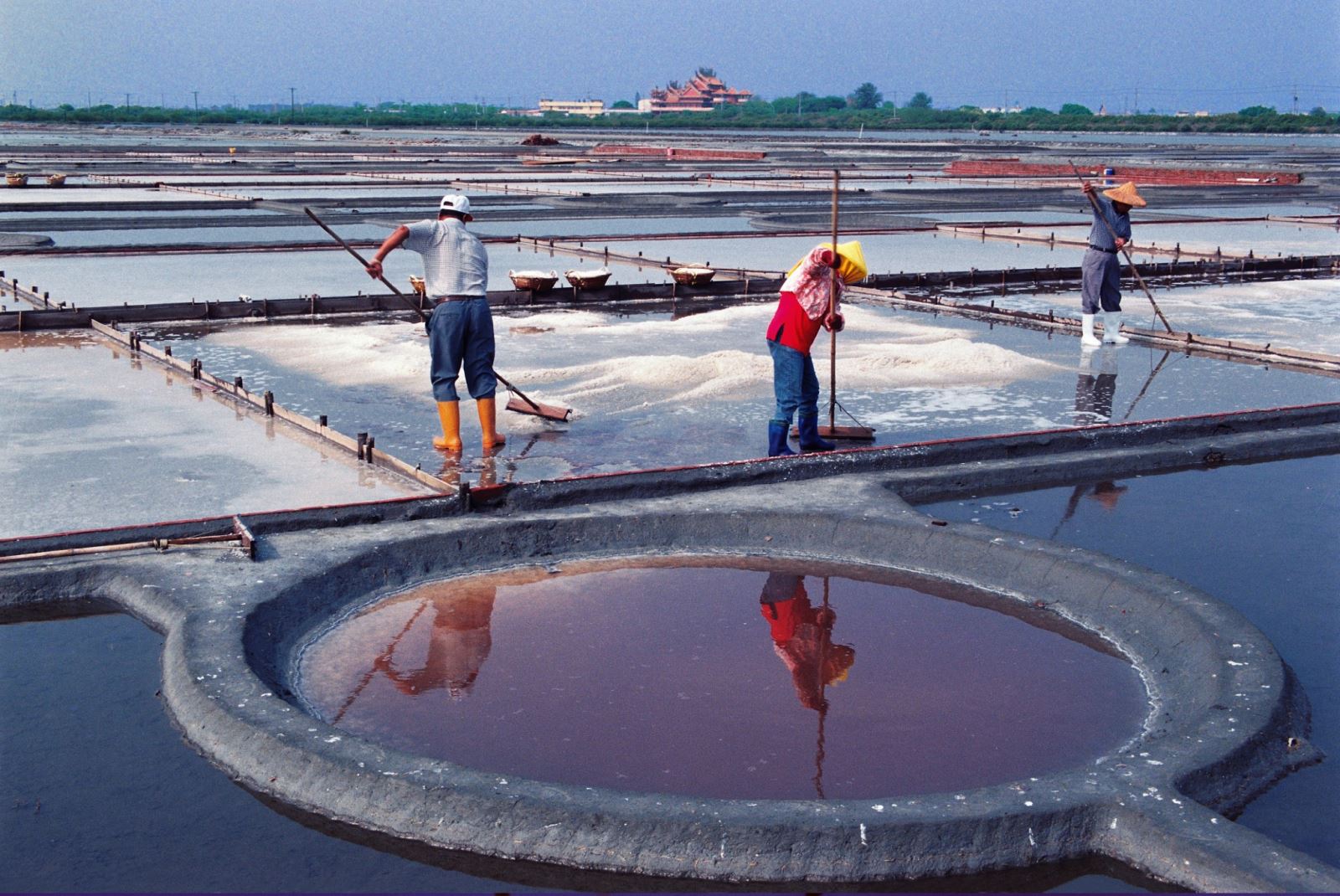 |
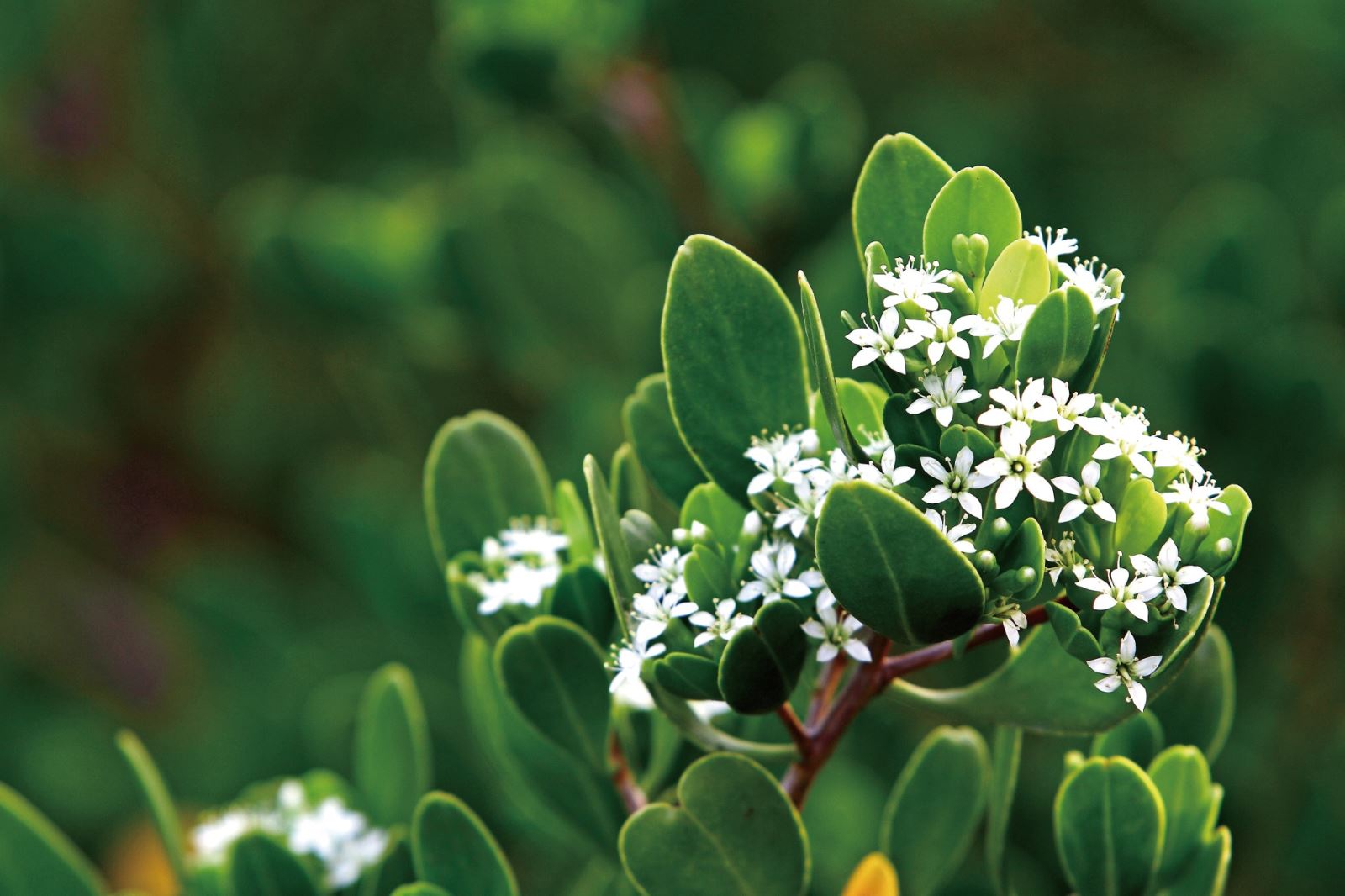 |
| Tile paved salt fields after restoration |
Abundant flora and rich ecology along the coast |
From salt fields to the table, a gradually developing cultural experience.
In recent years, the Taijiang Management Office has partnered with local organizations in revitalization projects such as assisting the salt industry in restoring salt fields as well as various educational and promotional activities. Examples include "Salt Fields Ecological and Cultural Cycling Tour,” "Taijiang Holiday Tour Shuttle Bus" and "Anshun Salt Fields & Ecology Tour,",” etc. to encourage the public to visit the salt villages for an in-depth experience of the ecological and cultural beauty of the salt fields.
In addition, the Tainan City Friends of Salt Pans Association , a local organization that has been rehabilitating salt fields for many years, has also successively developed various experience activities suitable for parents and children. Through experience tours, visitors can understand what ideal weather conditions and techniques of hard-working salt workers will result in the crystallization of the seawater into salt. Experience activities include: salt drying experience, DIY painting of salt vats, salt braised bean curd, and bean curd-making experiences, etc. Please visit the association's Facebook page-"Taiwan Salt-Pan Eco-Village" to inquire about related activities.
For visitors who prefer self-guided tours, we recommend first stopping by the Taijiang National Park Visitor Center to see the beautiful stilted houses seemingly floating on water, then visit the main Visitor Center building, a Diamond-rated green building that embodies the harmonious co-existence of humans and nature. Other excellent options include taking tourist rafts to cruise through the marshes of Sicao for a truly remarkable ecological and cultural travel experience.
 |
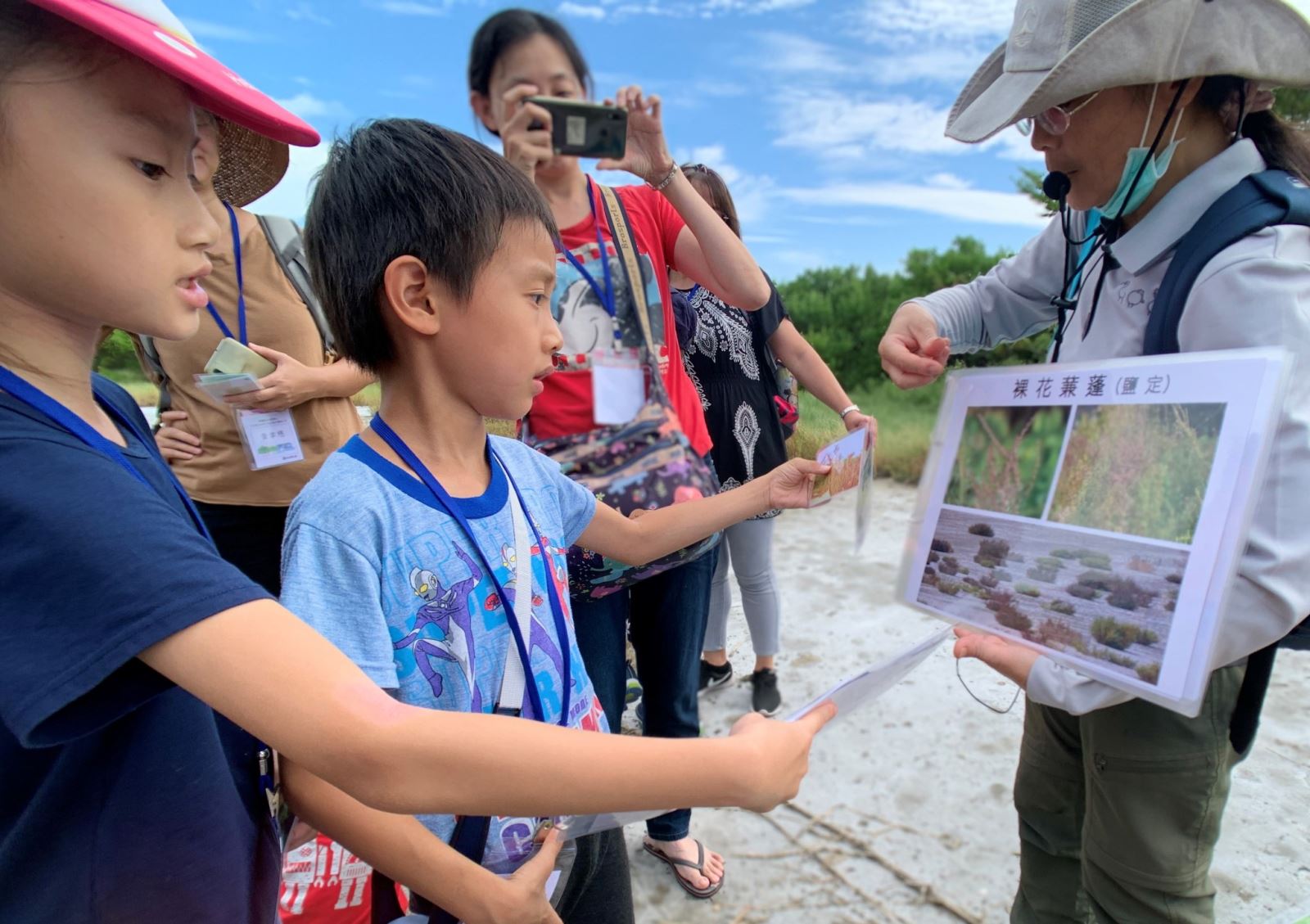 |
| Salt Fields Ecological and Cultural Cycling Tour |
Guides explaining the flora ecology of Anshun Salt Fields |
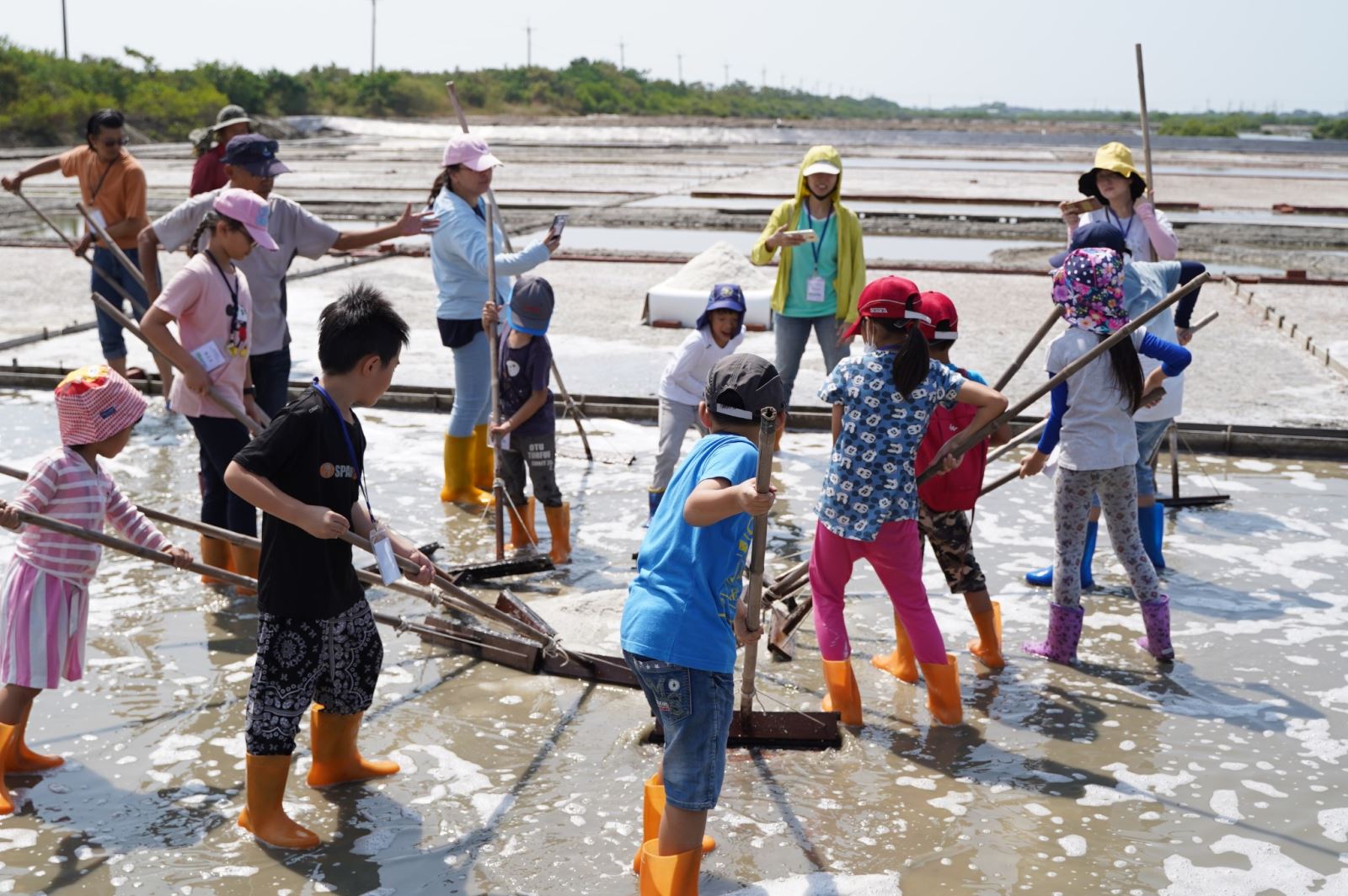 |
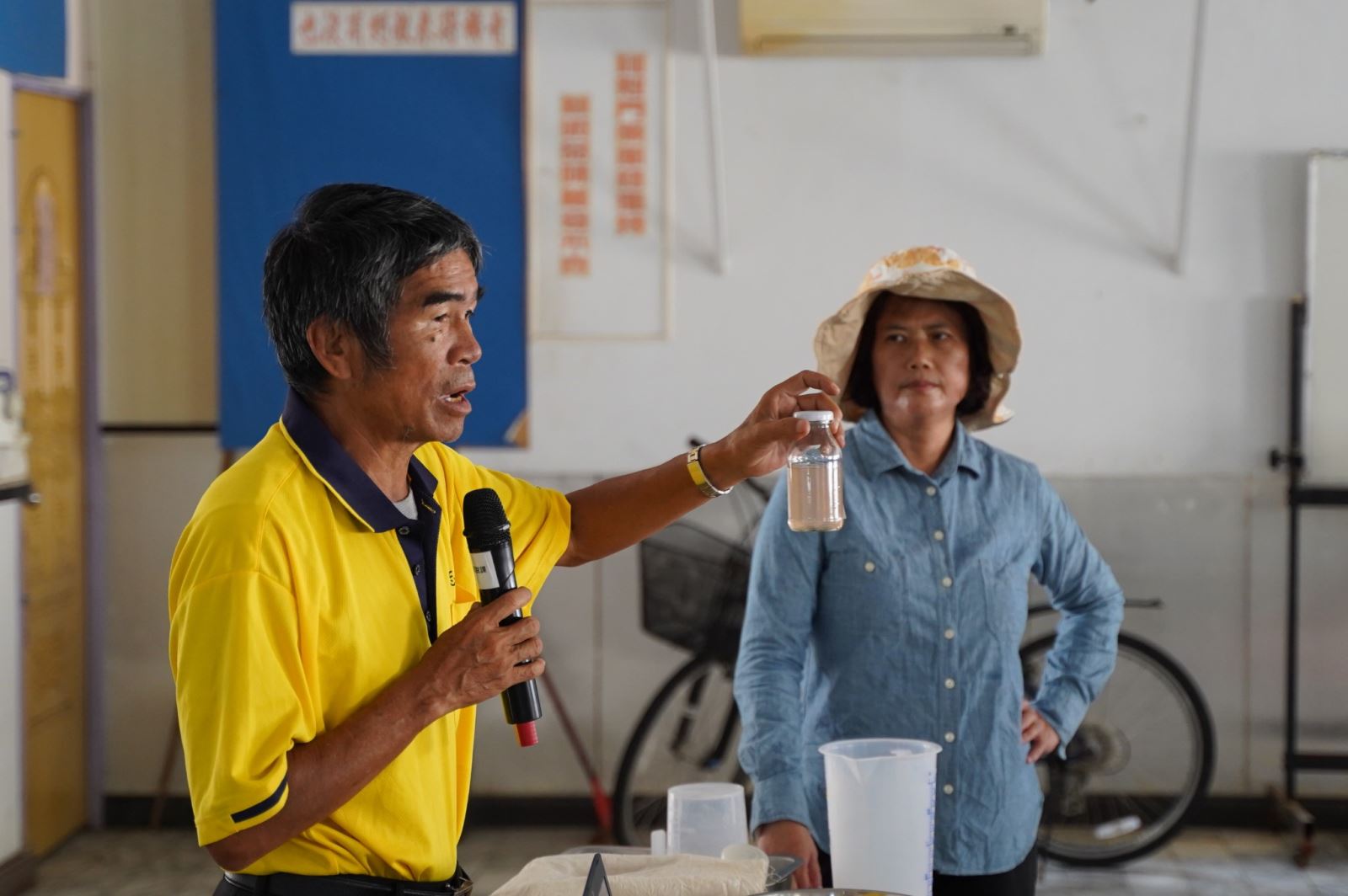 |
| Salt drying experienced in the tile paved salt fields |
Demonstration of the making of salt braised bean curds |